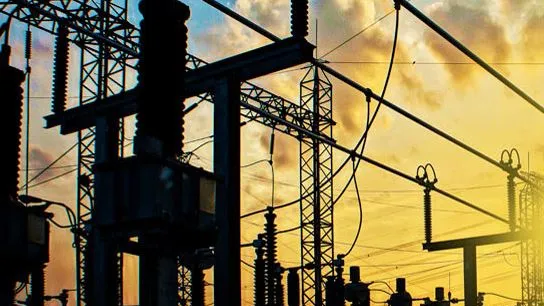
Improved green lending criteria to boost discom performance, decarbonisation goals in India
The only green parameter for credit rating is the RPO which carries “the least weight,” IEEFA says.
Implementing a reinforced green lending criteria will compel power distribution companies (discoms) to improve their performance and contribute more in the decarbonisation goals in India, according Institute for Energy Economics and Financial Analysis.
IEEFA contributor Saloni Sachdeva Michael said there is an “urgent need” to look into the financial risks of high-carbon portfolios with the goal of integrating “green criteria” for lending to distribution companies.
“Establishing hybrid rating (green + credit) information systems is a fundamental task at the heart of green finance and is a necessary step to increase disclosure, transparency, and accountability of the Indian distribution sector,” Michael said.
IEEFA noted that the only green parameter in place for discoms by the Power Finance Corporation and the Rural Electrification Corporation is the renewable purchase obligation (RPO). However, it said that this “carries the least weight – and this is not conducive to the development of green finance and a sustainable, low-carbon economy.”
For improved performance, transparency, and accountability of the discoms, Michael recommended increasing weight of the RPO and adding new green parameters to track the performance on renewable energy, electric vehicles and energy efficiency.
There should also be link bail-out packages for discoms to green performance based on hybrid credit rating and align domestic banking with the best practices on green finance globally.
Michael said that there is currently limited tracking and monitoring of distribution companies’ decarbonisation plans and green performance, adding rating methodology that will include criteria for green initiatives by these companies.
“A hybrid rating that incorporates both green and credit performance of discoms will provide a true picture of the sector’s green disclosure and readiness for the energy transition,” she said.
IEEFA added that India targets to reach 450 gigawatts (GW) of renewable energy capacity by 2030 and it needs to deploy investments worth US$500b to achieve its goal.
Of which US$300b would be for solar and wind infrastructure, whilst US$50b would be for grid firming investments, and US$150b for the expansion and modernisation of transmission, it said.








![Cross Domain [Manu + SBR + ABF + ABR + FMCG + HBR + ]](https://cmg-qa.s3.ap-southeast-1.amazonaws.com/s3fs-public/styles/exclusive_featured_article/public/2025-01/earth-3537401_1920_4.jpg.webp?itok=WaRpTJwE)
![Cross Domain [SBR + ABR]](https://cmg-qa.s3.ap-southeast-1.amazonaws.com/s3fs-public/styles/exclusive_featured_article/public/2025-01/pexels-jahoo-867092-2_1.jpg.webp?itok=o7MUL1oO)









 Advertise
Advertise


